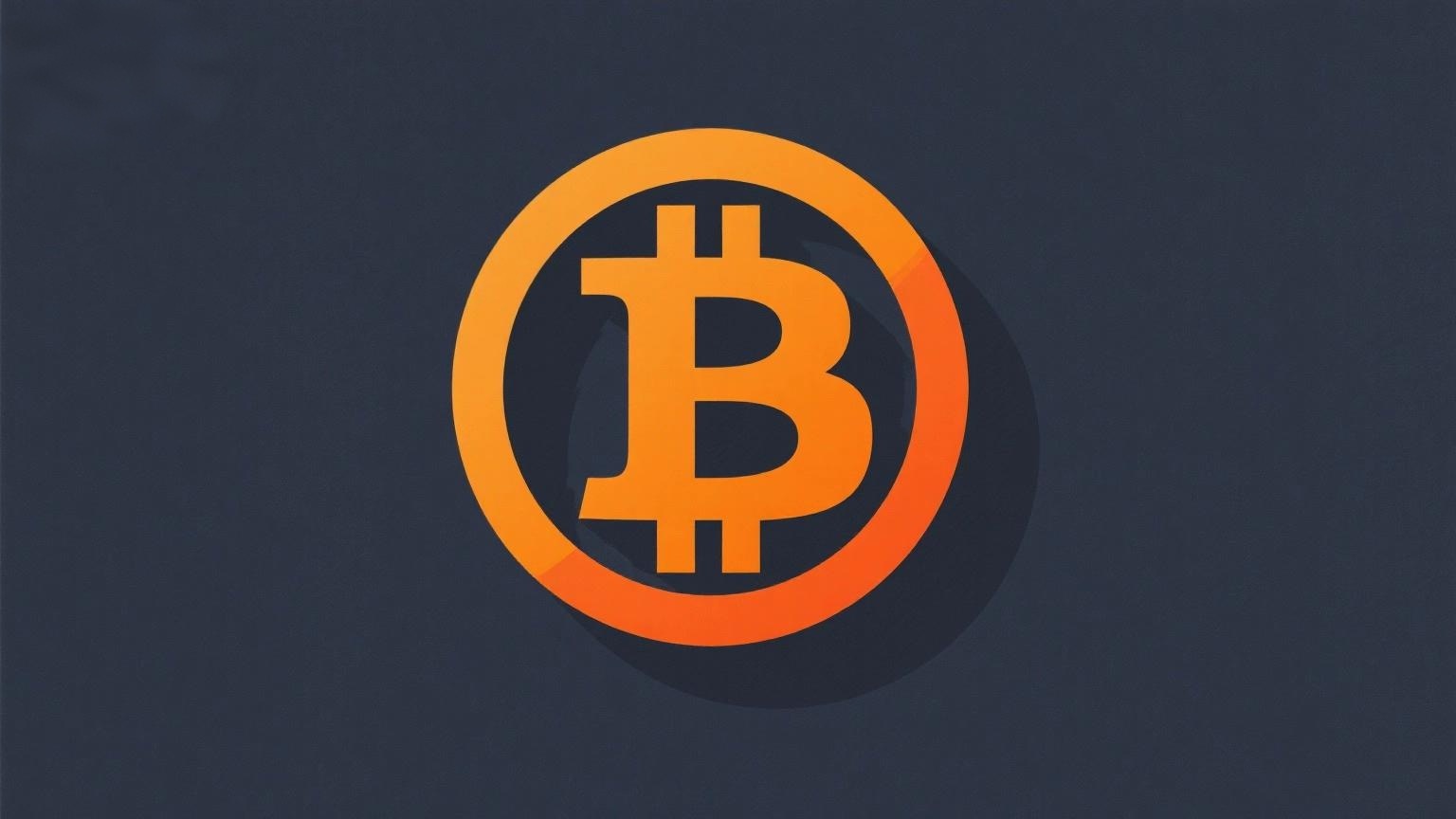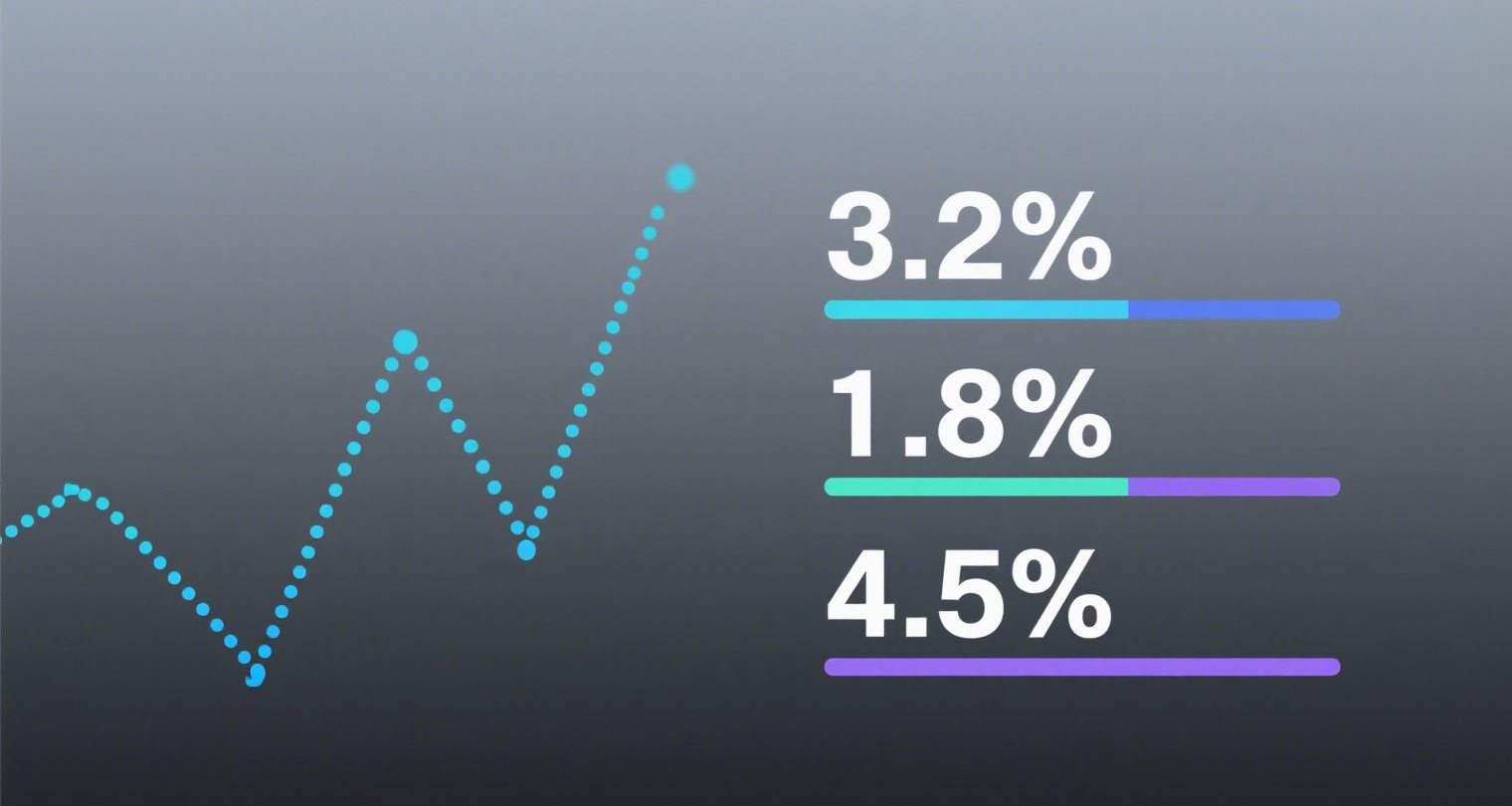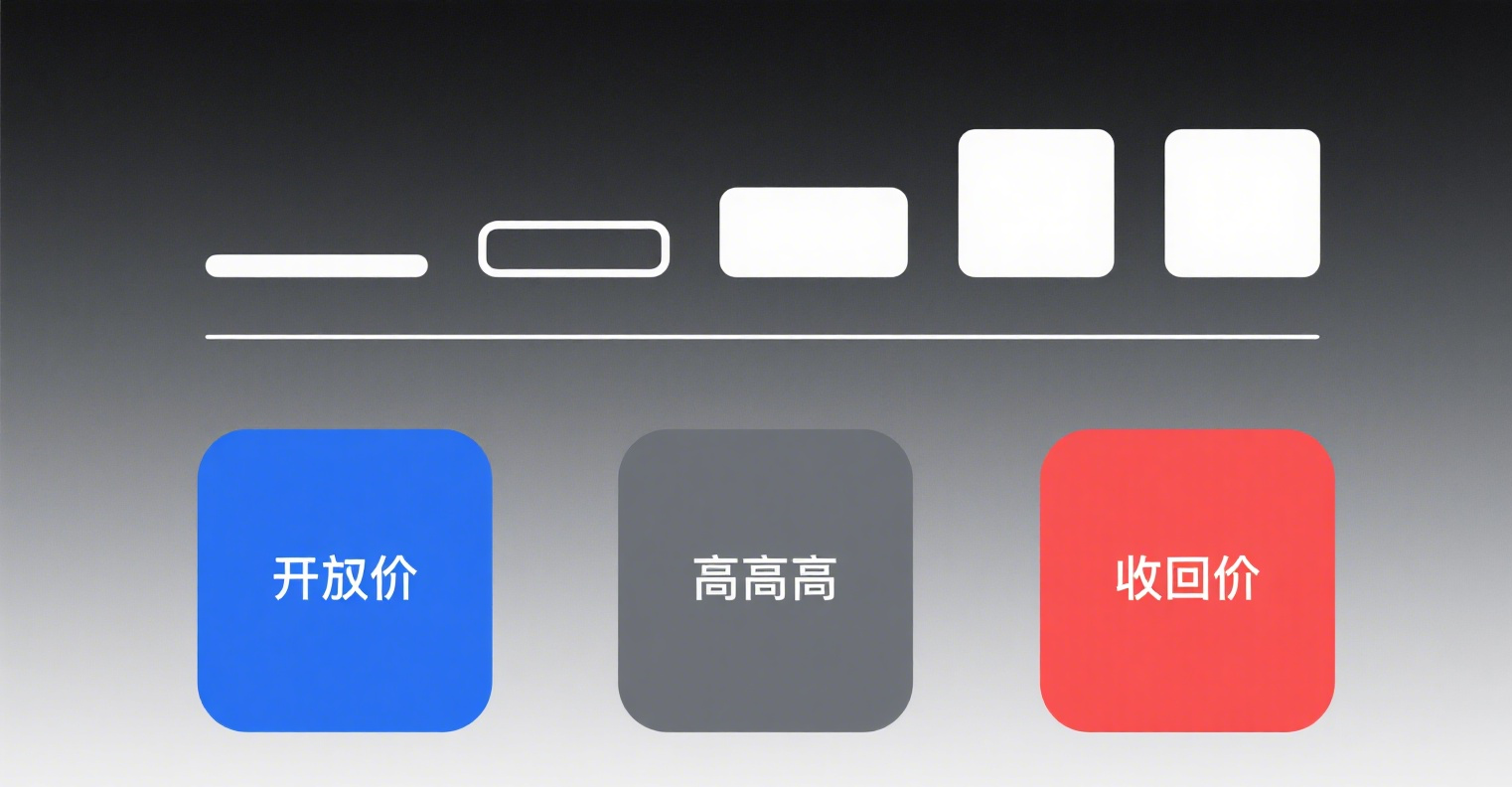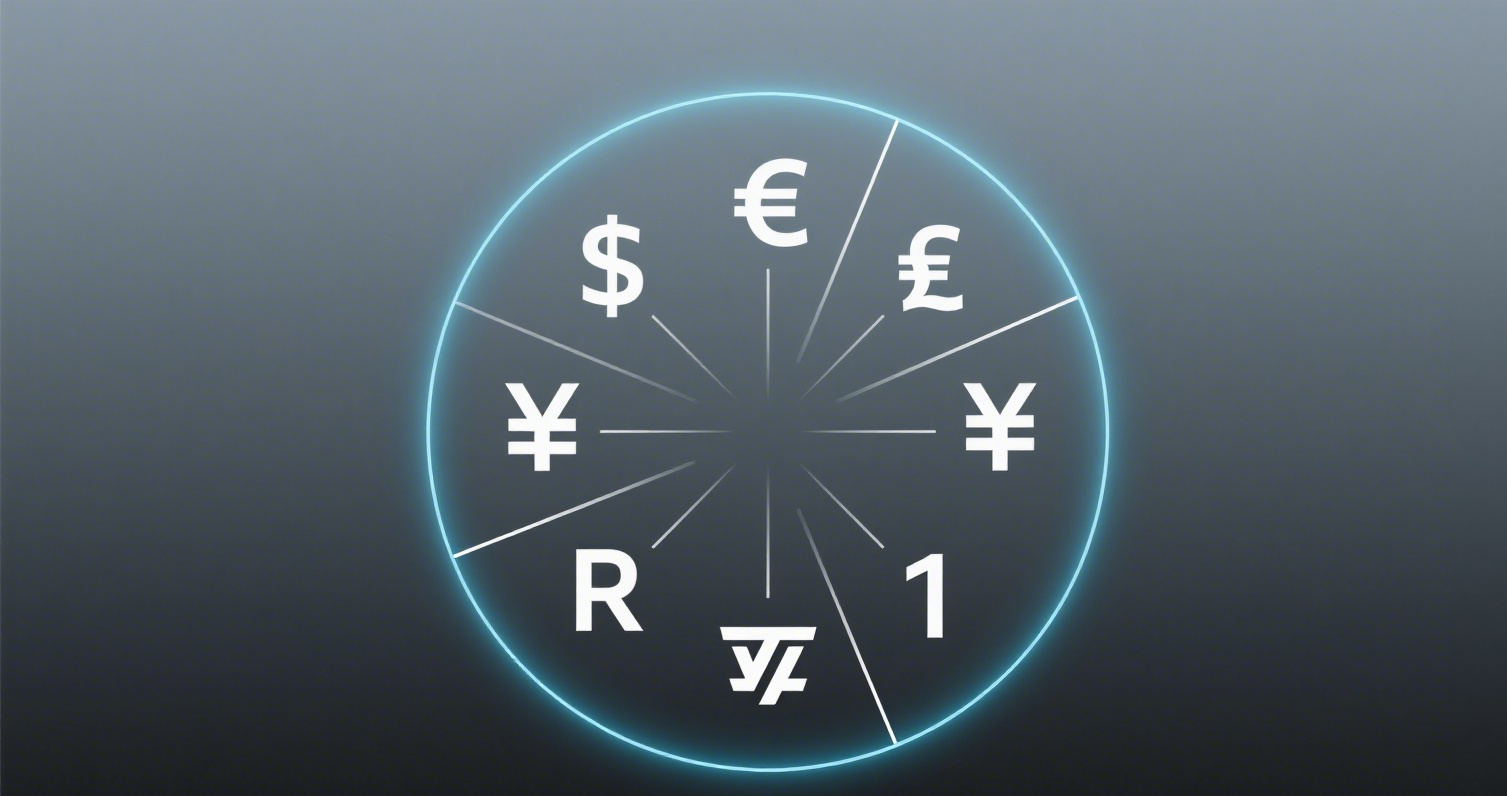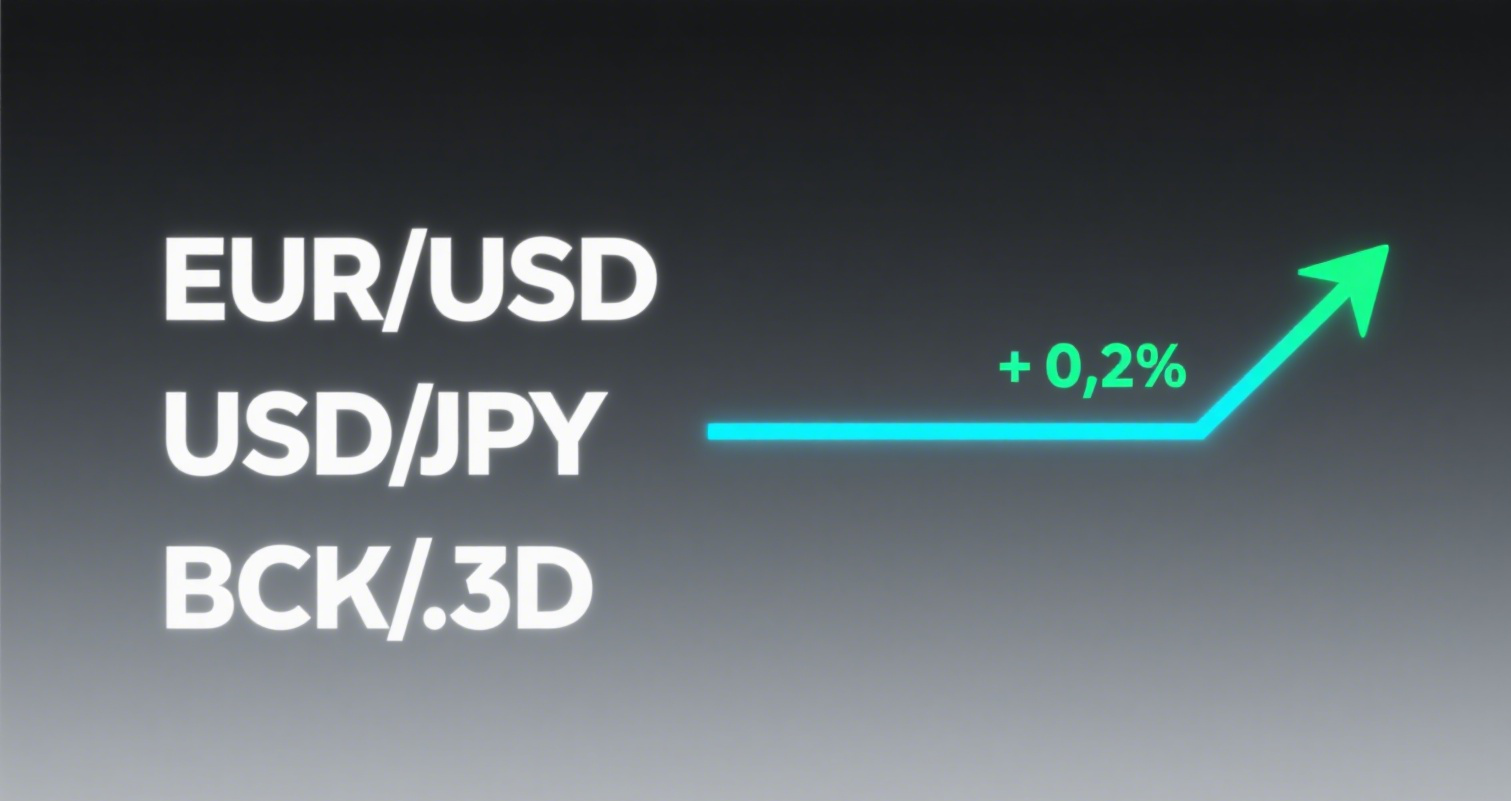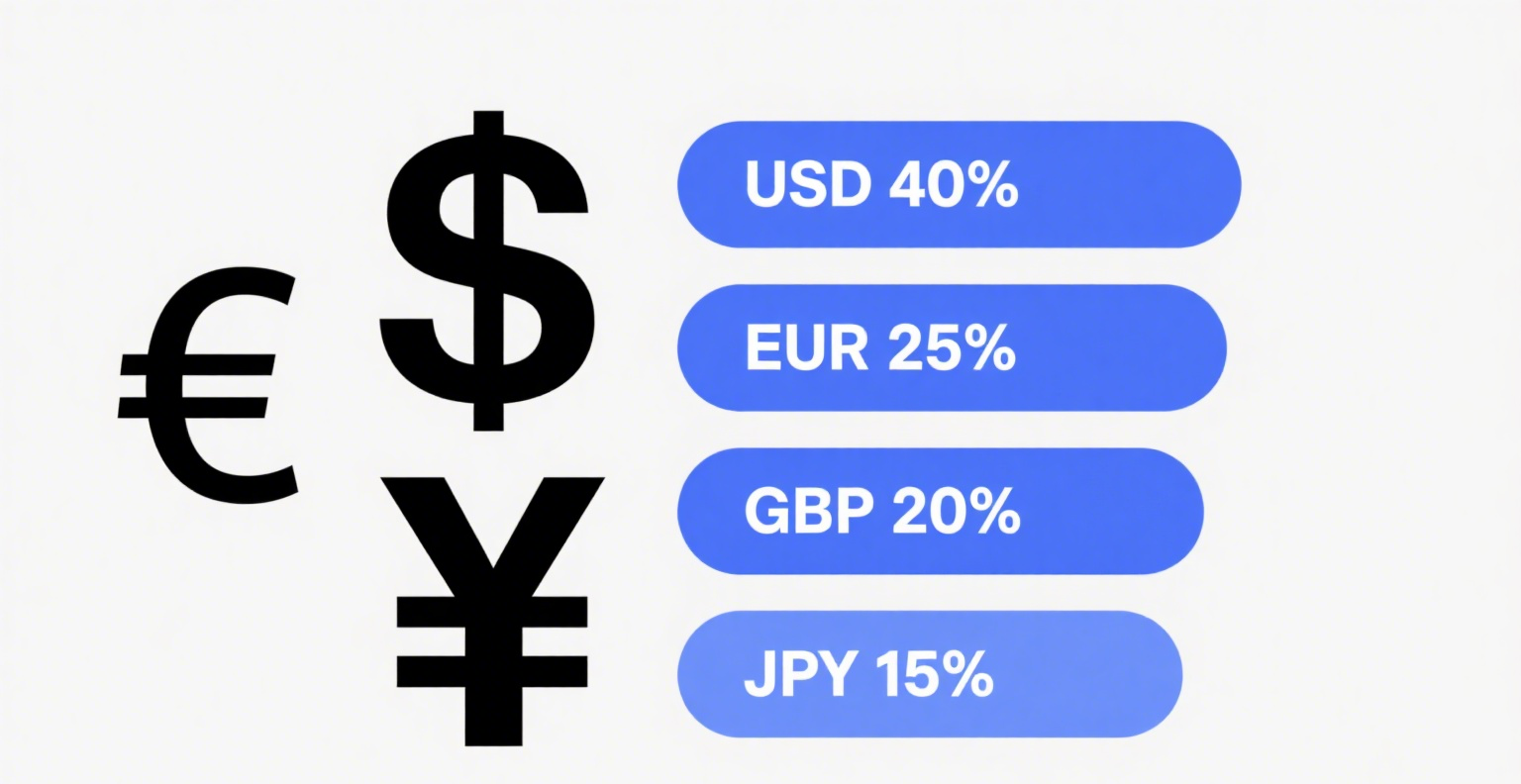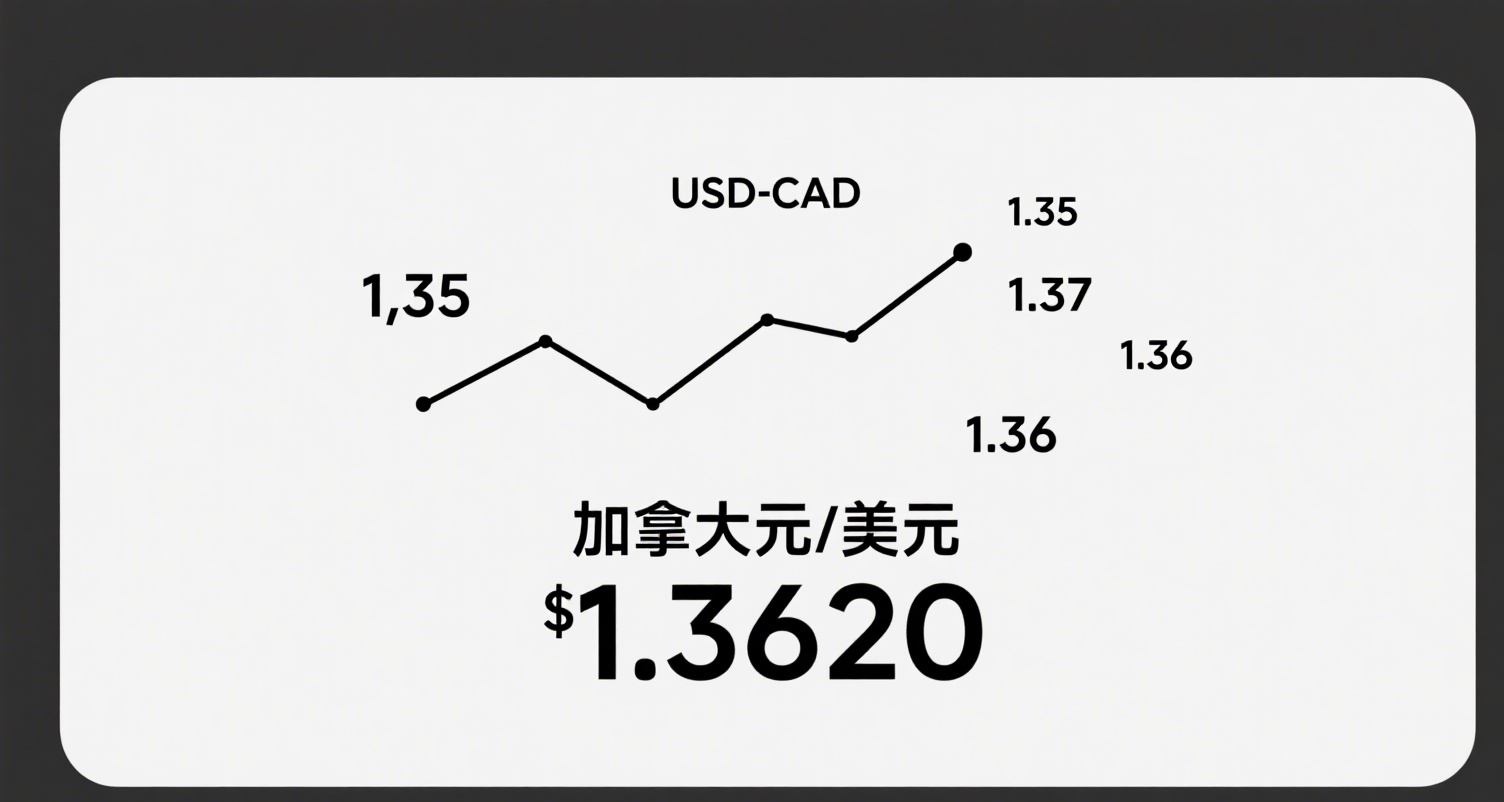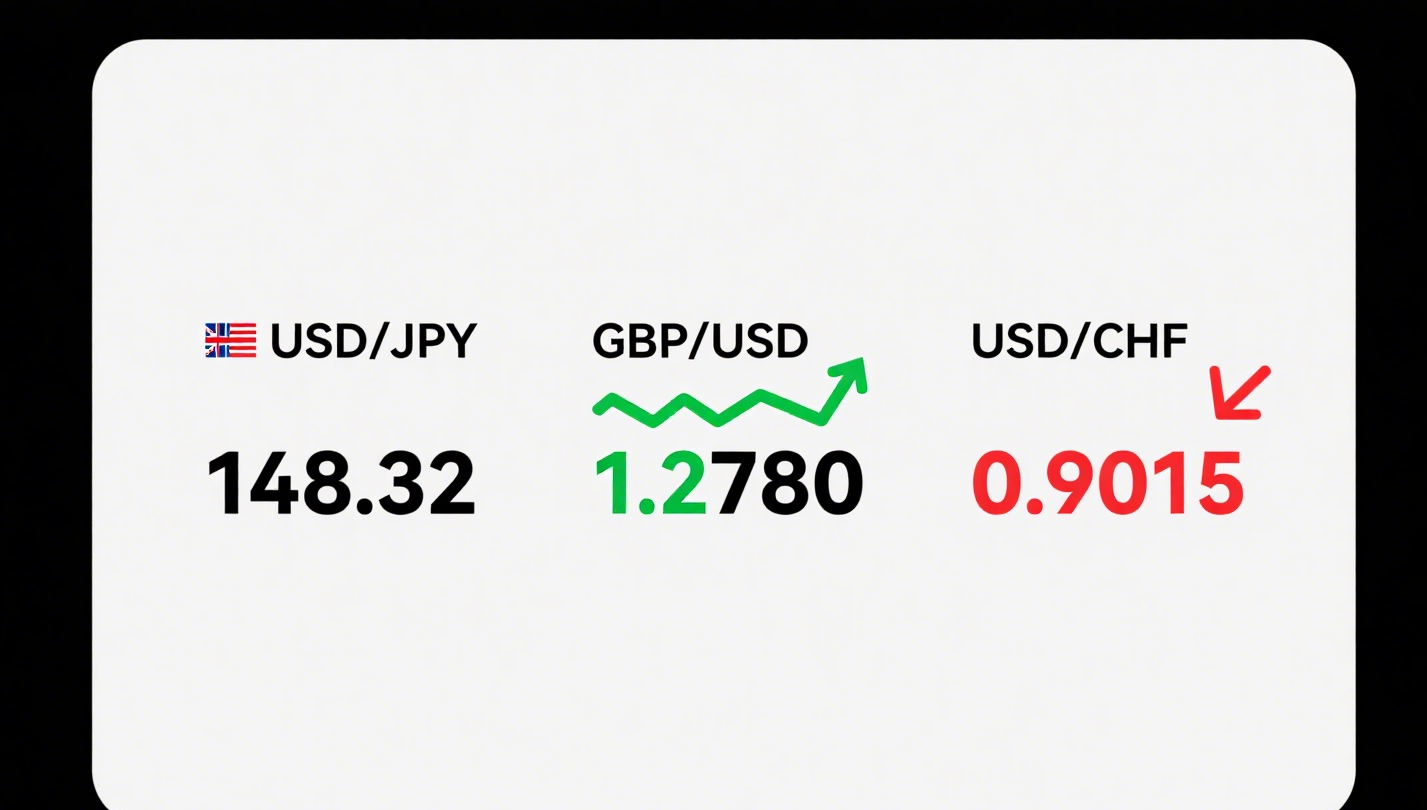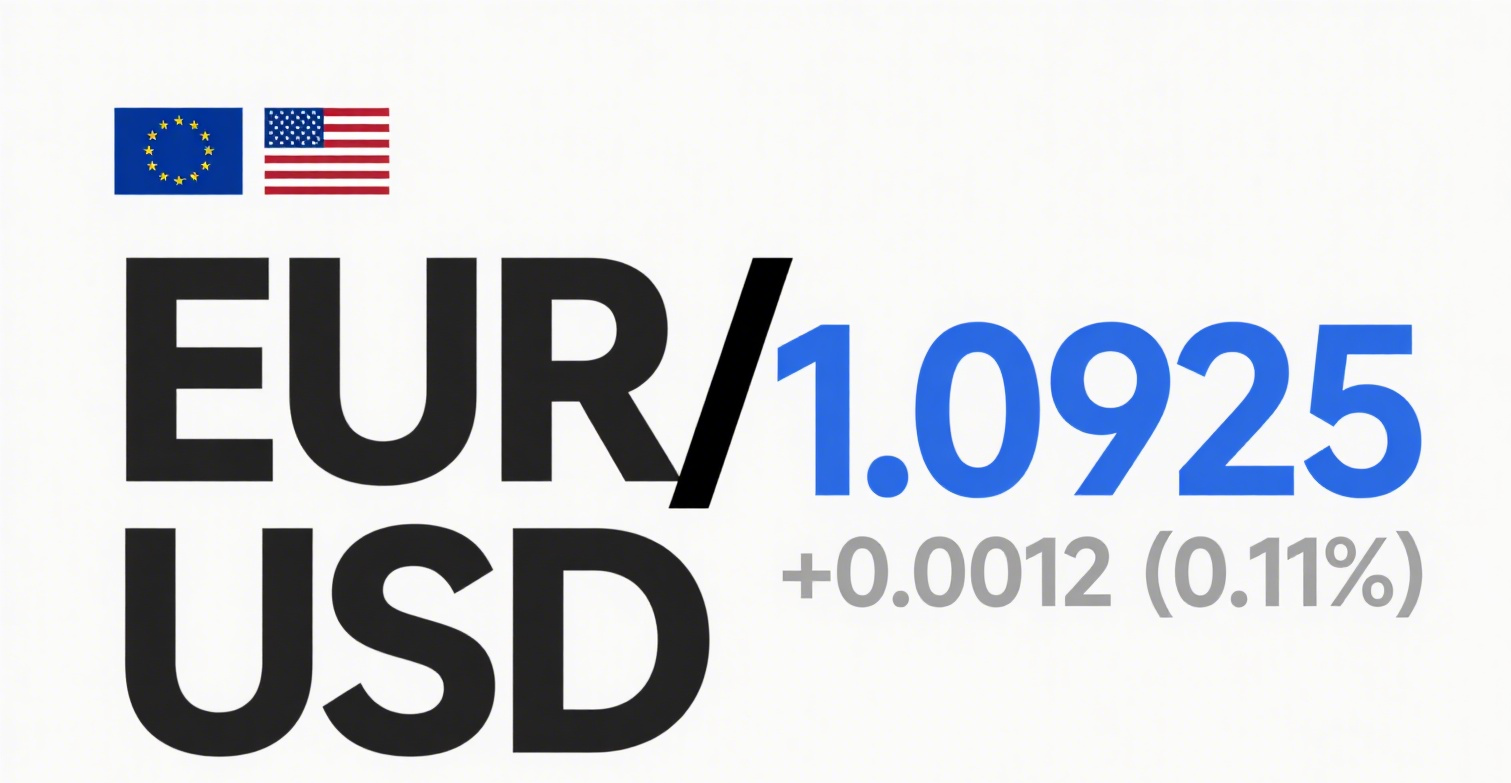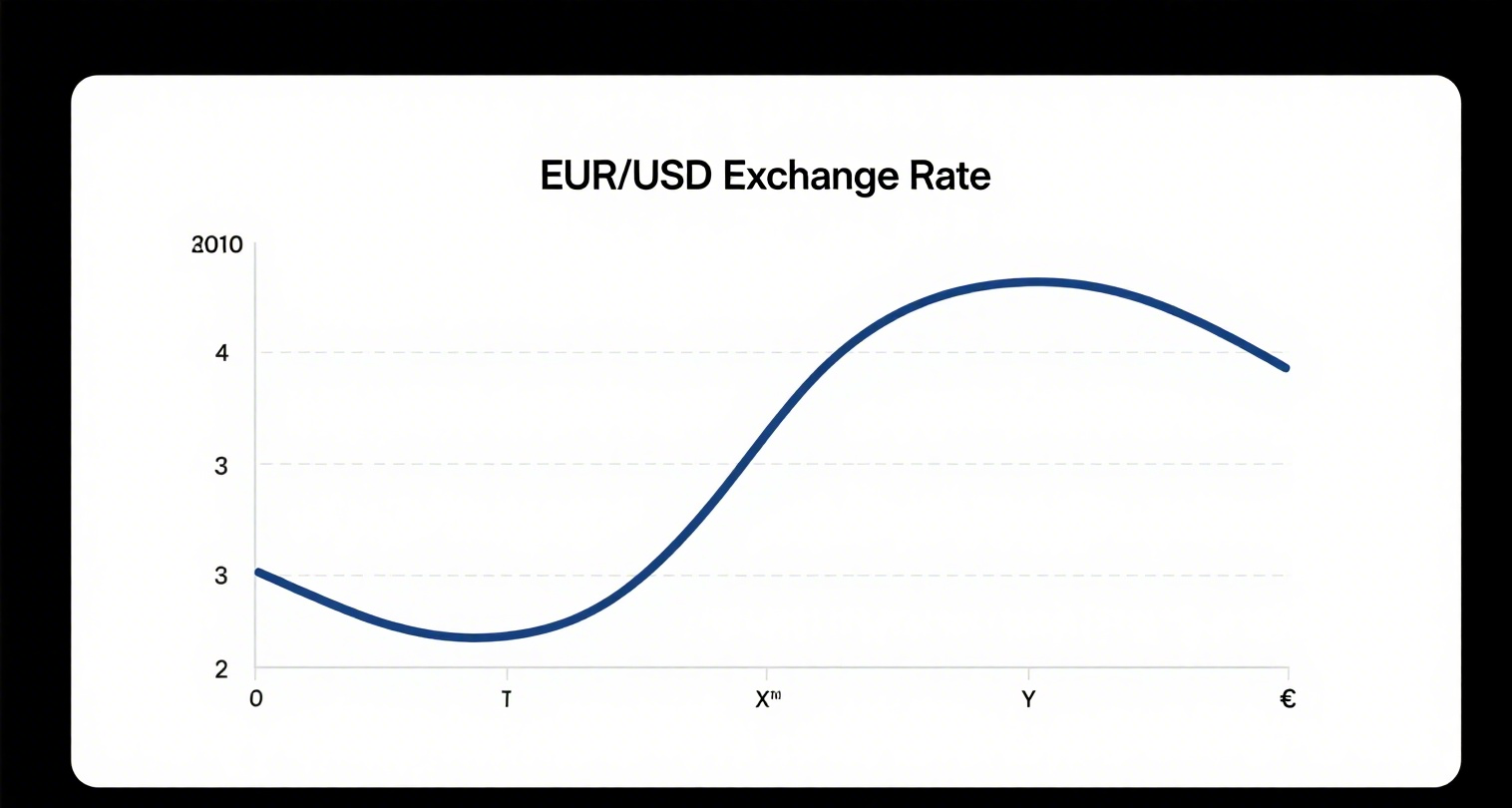
The core technologies of blockchain mainly consist of four parts: distributed ledger, consensus mechanism, cryptography, and smart contracts. Together, they form the foundational framework of blockchain. In a blockchain system, when the network generates data, the consensus mechanism first processes the data. Once the data is confirmed by the entire network, it is stored in the decentralized database of the distributed ledger. If this data needs to be used later, it can be retrieved from the database and executed by smart contracts, while cryptography ensures the data security and ownership of the entire system.
Many people struggle to understand why this system could have such a massive impact, even being called the second internet revolution. The reason lies in the fact that blockchain introduces a new approach to data management in our current internet world—a relatively decentralized way of managing data.
Why is this the case? Because the existing data management model has a significant flaw: data is controlled by centralized giants. In today’s era of big data, data is a resource and also part of everyone’s privacy. When internet technology first emerged, no one anticipated that the online world would grow this vast. As a result, many internet infrastructures, such as social media and payments, were initially built by private companies.
As the internet continued to expand, these platforms began to dominate much of people’s daily lives, and problems arose. Essentially, this data is more of a public resource, containing everyone’s social information, shopping habits, geographic data, and other personal privacy details. Yet, it is held by privatized corporate giants rather than government entities, raising concerns that these companies might exploit the data for commercial gain.
However, since the internet’s infrastructure was built by these centralized giants, this issue is hard to resolve. If we don’t provide data to third-party institutions, many online interactions—such as e-commerce—become impossible due to trust issues. For example, you wouldn’t trade with a stranger online without any guarantee, as there’s a risk of the other party defaulting.
On the other hand, if data is handed over to third-party institutions, it lacks transparency, making it impossible to know how these organizations use your data. Over time, a scenario like "The Matrix" could become a reality. This has led to the current dilemma where centralized giants monopolize data, sometimes even misusing it, with no viable solution in sight.
At its core, blockchain is a decentralized database with features like traceability, immutability, and decentralization. These characteristics address two key issues: data opacity and the trust problem in the absence of third parties—precisely the challenges mentioned above.
If existing internet infrastructures are enhanced with blockchain technology, and data is managed in a decentralized manner, these public data resources would no longer be controlled by corporate giants. Instead, they would reside in a truly societal database, solving the aforementioned problems. Thus, the impact of blockchain on the internet world is nothing short of a new internet revolution.
Currently, blockchain is gradually being adopted in industries with high demands for data transparency—such as supply chains, healthcare, and charity—as well as in trust-dependent sectors like finance and payments, where it is already driving significant changes. In the long run, governments, businesses, and individual users will likely all participate in the data transformation brought by blockchain.
That said, blockchain technology still faces challenges, such as efficiency, scalability, and interoperability between value silos. Current optimizations include new technologies like sidechains, cross-chain solutions, the Lightning Network, Segregated Witness, and sharding. While their effectiveness remains to be proven over time, the crucial point is that blockchain has opened a door for us, and we still have plenty of time to explore the world beyond it.







